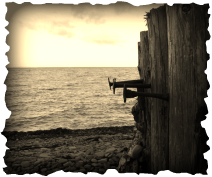
Despite the obvious charms of this delightful place, we elected to take a stroll through Yearnor woods to Culbone, well known in these parts as having been a centre for Pagan worship. We took the coast path through towering tree clad hills following paths trod by one of our greatest poets, and my personal favourite, Samuel Taylor Coleridge, who stayed near here at Ash Farm, he reputedly penned Kubla Khan here.
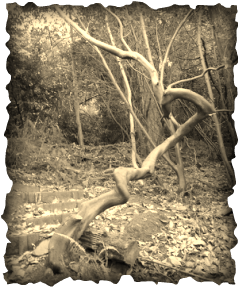
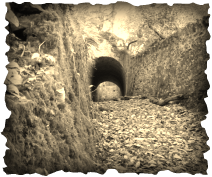
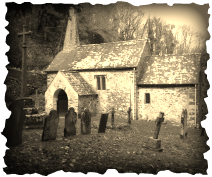
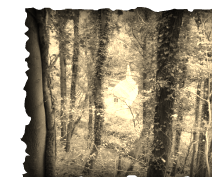

By all means enjoy the splendid natural beauty that surrounds you here, appreciate the wonderful walks, but remember what lurks beneath and behind what your eyes can see, and tread these paths with respect for those who came before.
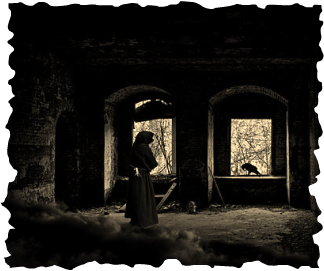
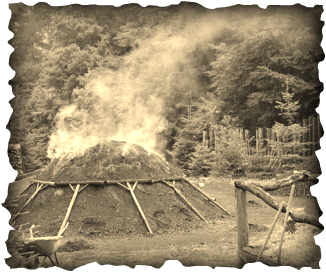
 RSS Feed
RSS Feed